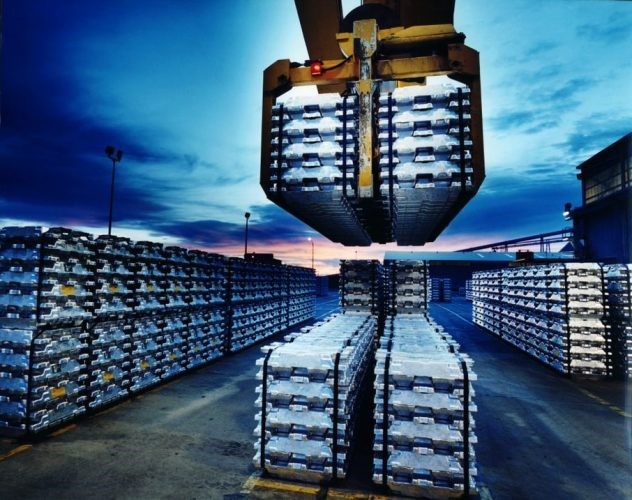

In a remark, the CEO and Managing Director at Alumina Ltd., Mike Ferraro, explained why the Australian Government should follow the footsteps of the US, which 12 months earlier included aluminium in the list cataloguing 50 critical metals of the nation.

Mike believes Australia should act according to the memorandum laid out by the US, Canada and Europe, subtly depending on the World Bank and the International Energy Agency. He claims this would place Australia at the peak of its capacity, with the country realising the emerging need for bauxite, alumina and aluminium, increasing the possibility of clean energy transformation.
"It is an opportunity the nation cannot afford to miss," Ferraro began.
He further commented: "Aluminium is, and will continue to be, one of the most widely used commodities in the global clean energy transition. To capitalise on the nation's abundance of these commodities and position Australia as a supplier of choice, they need to be recognised as critical minerals."
The AAC (Australian Aluminium Council) noted that it was not satisfied with Australia's "very narrow definition of critical minerals", as it cited only rare earth materials and new elements like high-purity alumina while eliminating the need to mention various important resources, including copper and nickel that the country already yields.
Australia began producing aluminium as early as 1955 and now can be referred to as the world's largest producer of raw bauxite, the largest generator of alumina ex-China, and the seventh largest producer of aluminium globally. These operations amount to US$17 billion in revenue generation.
The country's metal industry is vastly spread across the departments of mining and refining, ultimately producing around 100 million tonnes of bauxite and 20 tonnes of alumina. But the present situation of Australia is in dismay as it might lose while competing with a rival producer, Guinea, which doesn't even have ESG credentials like the country.
Australia's major bauxite mines are located in the Western part of the country, the Northern areas and also Queensland, with the refineries in the eastern states. Aluminium is the second most commonly found metal in the Earth's crust.
Since the refining process is substantially energy intensive, the council also illustrates a key opportunity in the field to utilise clean energy to curb carbon emissions. The council notes that this energy transition might uphold Australia as a leading producer internationally if successfully taken care of.
By adding aluminium to its critical minerals list, Canberra will be able to aid in better policy making, like taxpayers' funding and other industry-related grants. Through the next ten years, such decisions will help to rejuvenate Australia's mine-to-market value chain and global leadership in sustainable bauxite mining. This will also provide energy security and an advantage to the Australian sub-continent again.
Global acknowledgement can aid in the development of downstream products like HPA (High Purity Alumina) and aluminium fluoride. Sources have confirmed that ASX-listed ABx is on a quest to construct a domestic plant in Tasmania. Aluminium fluoride is immensely crucial to aluminium smelting technology; thus, it might be imported worldwide.
Responses








